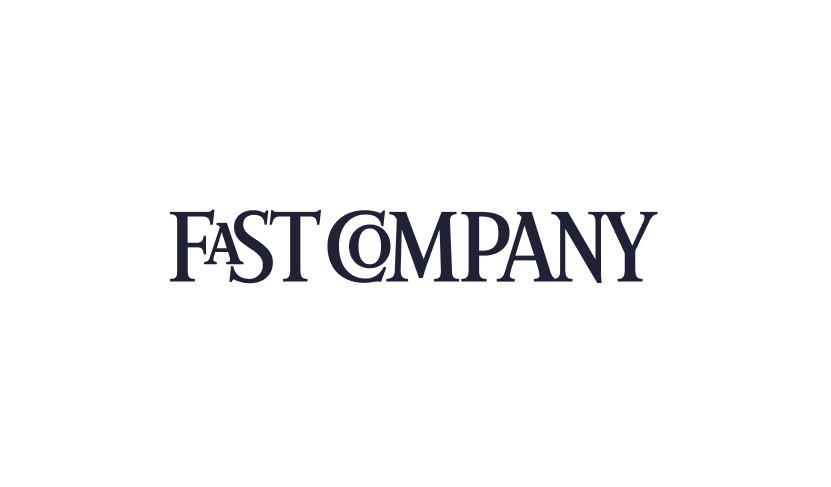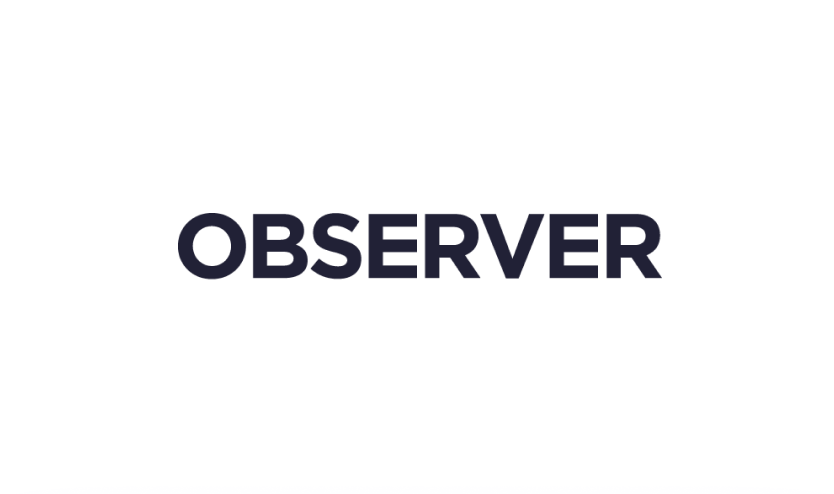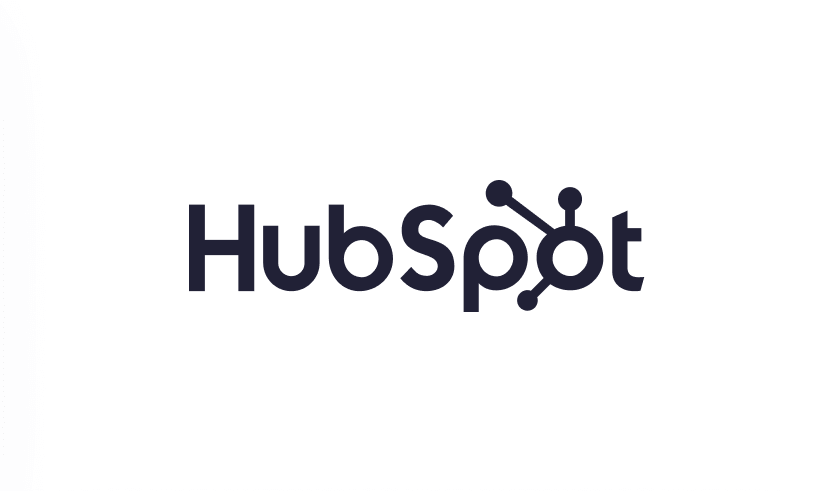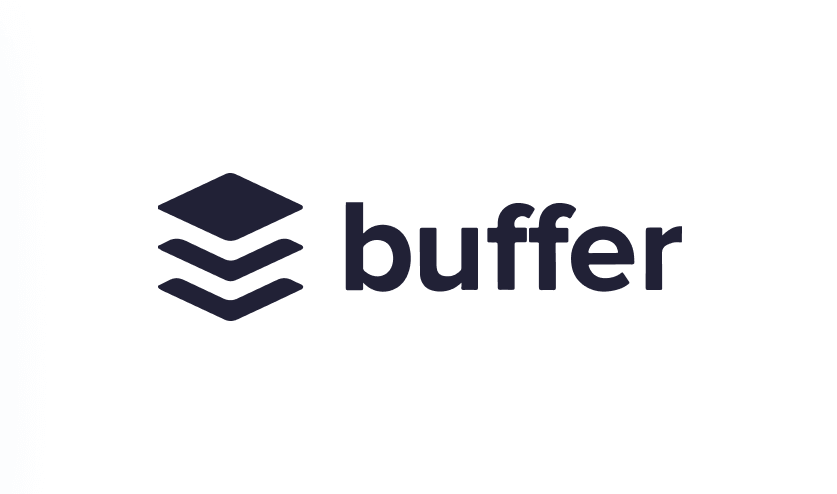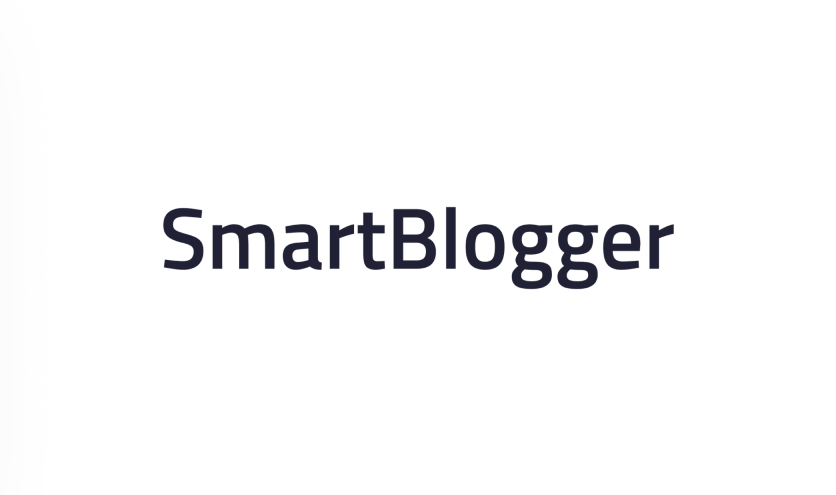Email Marketing For Beginners: Your Complete Success Guide
Why Email Marketing Still Dominates Digital Strategy
While social media platforms are constantly vying for our attention, email marketing remains a bedrock of successful online strategies. This isn't just out of habit. Email offers unique advantages, making it incredibly effective, especially for those just starting out.
One major benefit is audience ownership. Think about platforms like Facebook or Instagram. Your reach is at the mercy of algorithms you can't control. With email, you own your subscriber list and have a direct line to your audience. This allows for consistent communication, regardless of algorithm changes.
Another advantage of email marketing is the ability to truly personalize your messages. You can segment your audience based on behavior, past purchases, and specific interests.
Imagine sending a targeted promotion to someone who left items in their online shopping cart. Or offering exclusive content to loyal subscribers. This personalization builds stronger customer relationships and ultimately drives sales.
Email marketing also boasts an impressive Return on Investment (ROI). Studies consistently show email generates a significantly higher ROI than other digital marketing channels. This is largely due to the fact that you're reaching an engaged audience who have actively chosen to receive your communications.
The sheer global reach of email is also quite remarkable. As of 2025, there are between 4.5 and 4.6 billion email users worldwide. This number is projected to surpass 4.8 billion by 2027. That's more than half the world's population actively using email! Discover more insights about email usage. This vast user base offers businesses of all sizes a tremendous opportunity to connect with their target market. But simply sending mass emails isn’t enough for beginners to see success. A more strategic approach is required.
Key Advantages of Email Marketing
Direct Communication: Communicate directly with your subscribers, bypassing social media algorithms.
Personalization: Craft tailored messages for specific audience segments to improve engagement.
Measurable Results: Track important metrics like open rates and click-through rates to refine your campaigns.
Cost-Effectiveness: Reach a large audience at a lower cost compared to other marketing channels.
Automation: Automate repetitive tasks, like welcome emails or follow-up sequences, and nurture leads automatically.
These advantages make email marketing essential for anyone looking to build a strong online presence and grow their business. From building your email list to creating compelling content, mastering email marketing fundamentals can open doors to long-term success.
The ROI Reality Behind Email Marketing Success
Email marketing continues to be a powerful tool for businesses looking to connect with their audience and drive sales. Beyond the hype, it offers a substantial return on investment, encouraging companies to continually reinvest in their email strategies. For those just starting out, understanding this potential is crucial for building a successful online presence. It's about knowing not only why email marketing works, but also understanding the measurable impact it can have.
Understanding the Financial Returns of Email Marketing
The true strength of email marketing lies in its return on investment (ROI). For every $1 invested, businesses can expect an average return of $36-42. This remarkable ROI significantly surpasses other digital marketing channels, demonstrating the effectiveness of engaging with a receptive audience. This direct line of communication with subscribers leads to higher conversion rates and a more strategic allocation of marketing resources.
This growth isn't a coincidence. The email marketing market is experiencing rapid expansion. In 2020, the global market value stood at $7.5 billion. However, projections indicate this figure will soar to $17.9 billion by 2027. This represents a substantial compound annual growth rate (CAGR) of 13.3%. Find more detailed statistics here. This upward trend emphasizes the growing role of email in the broader digital marketing ecosystem.
Setting Realistic ROI Expectations and Benchmarks
While understanding the average ROI provides a helpful starting point, setting individualized benchmarks is crucial for new email marketers. Factors such as industry, audience size, and campaign objectives will all play a role in determining your specific results. Starting with smaller, attainable goals allows you to gain traction and refine your strategies over time. You might be interested in: How to master ecommerce email marketing.
Addressing Deliverability and Spam Concerns
One of the primary challenges for email marketing beginners is ensuring their messages actually reach the intended recipients' inboxes. This requires a solid understanding of deliverability and spam prevention. Cultivating a reputable sender identity from the outset is essential. This involves avoiding practices that trigger spam filters, such as purchasing email lists or using misleading subject lines.
Key Strategies for Maximizing Email Marketing ROI
Focus on List Quality: A smaller, engaged subscriber list is far more valuable than a large, inactive one. Prioritize quality over quantity.
Personalize Your Messages: Customized content resonates more effectively with your audience, leading to improved open and click-through rates.
Test and Optimize Continuously: A/B testing elements like subject lines, send times, and content allows you to refine your approach for maximum effect.
Track Key Metrics: Monitoring key performance indicators like open rates, click-through rates, and conversion rates provides valuable insights into what’s working and what needs improvement.
By understanding the financial potential of email marketing and implementing these key strategies, those new to email marketing can harness its power to drive significant business growth.
Building Your Email List From Zero To Hero
Building a thriving email list from scratch can feel overwhelming. But remember, every successful email marketer started somewhere. This section offers proven strategies for organically and ethically growing a high-quality subscriber base. We'll explore crafting lead magnets that convert and dive into the psychology behind effective opt-in strategies.
The Power of the Lead Magnet
A lead magnet is a valuable resource offered free in exchange for an email address. It’s the incentive that convinces visitors to subscribe. Think of it as a friendly bribe, like ebooks, checklists, exclusive content, or early access to new products. The key is offering something valuable to your target audience. For beginners in email marketing, choosing the right lead magnet is critical.
Ebooks and Guides: Offer in-depth knowledge on a topic related to your niche.
Checklists and Worksheets: Provide actionable tools to help your audience solve a specific problem.
Webinars and Online Courses: Deliver valuable training or insights through interactive online sessions. Consider using platforms like Zoom for webinars.
Templates and Resources: Offer pre-designed materials to save your audience time and effort. Think Canva templates for easy design.
Exclusive Content and Early Access: Give subscribers a sneak peek at upcoming products or special promotions.
To help you choose the perfect lead magnet, take a look at this comparison guide:
Lead Magnet Performance Comparison Guide: Strategic analysis of different lead magnet types with conversion rates and implementation difficulty for email marketing beginners.
This table highlights the varying conversion rates and difficulty levels associated with different lead magnets. Notice how checklists and worksheets tend to have higher conversion rates due to their practicality and ease of use. Webinars and online courses, while offering high value, can be more challenging to implement.
Crafting Compelling Opt-In Strategies
Presenting your lead magnet is just as important as the magnet itself. This is where opt-in strategies come in. Consider the timing, placement, and messaging of your signup forms. A well-placed popup with a concise, benefit-driven message can be highly effective. But avoid being intrusive. Balance visibility with a user-friendly experience. Learn more about building an email list: How to build an email list using email marketing.
Timing: When do visitors see your signup form? Consider exit-intent popups or forms after valuable content.
Placement: Where is the signup form on your website? Experiment with different locations, like headers, footers, and within blog posts.
Messaging: What does your signup form say? Clearly communicate the value of subscribing and what subscribers will receive.
This infographic shows a businessperson analyzing email marketing performance charts on a tablet. It highlights the importance of tracking key metrics. Actively monitoring data like open and click-through rates allows email marketers to make data-driven decisions for improved campaign performance and overall ROI.
Permission-Based Marketing: The Foundation of Trust
Growing your email list ethically is essential for long-term success. Permission-based marketing means only sending emails to people who have explicitly opted in. This builds trust and positions your brand as a valuable resource, not a source of spam. Remember, a smaller, engaged list is more valuable than a large, inactive one.
From Zero to Hero: A Recap
Building your email list is a journey. By focusing on valuable lead magnets, compelling opt-in strategies, and ethical practices, you’ll be well on your way to creating a thriving subscriber base to fuel business growth. Email marketing for beginners requires patience, but the rewards are worth it. Focus on building relationships with your subscribers and providing real value.
Creating Mobile-First Campaigns That Actually Convert
Now that you're building your email list, it's time to create campaigns that convert. In today's world, this means putting mobile optimization first. If your emails don't look good on phones and tablets, you're missing a significant portion of your audience. This section explains why mobile optimization is crucial and provides practical strategies for creating emails that engage across all devices.
Why Mobile Optimization Matters
The way people check their email has dramatically changed. More and more people are using their phones, making mobile optimization essential for email marketing success. Consider this: 41.6% of all email opens happen on mobile devices, compared to 40.6% on webmail and only 16.2% on desktop clients. Prioritizing mobile responsiveness directly impacts your reach and engagement. Learn more about these statistics here: Mobile email usage statistics.
Designing for Mobile Engagement
Mobile-responsive design is critical for maximizing conversions. Simple design choices can significantly affect your click-through rates. Large buttons, for example, are easier to tap on a small screen, resulting in more clicks and conversions. Tiny buttons, on the other hand, can frustrate users and lead to missed opportunities.
Here are some key design considerations for mobile-first email campaigns:
Subject Line Optimization: Keep subject lines short and put the most important information first, as mobile screens often cut off longer text.
Button Sizing: Make sure buttons are big enough to tap easily with a finger.
Image Compression: Optimize images for quick loading on mobile connections.
Text Formatting: Use a clear font size and sufficient spacing between lines.
Testing Across Platforms
Different email clients and operating systems display emails differently. Your email might look perfect in your testing environment but display incorrectly for your subscribers. This is why testing your campaigns on various devices and email clients is vital.
Consider testing your campaigns on these popular platforms:
iOS Mail: The default email client for iPhones and iPads.
Gmail App (Android & iOS): One of the most used email apps globally.
Outlook Mobile (Android & iOS): Frequently used in business.
By implementing these mobile-first email marketing strategies, you can ensure your message reaches your audience effectively and drives the results you want, no matter how they access their email. Remember, email marketing requires adapting to how your audience prefers to engage with your content.
Choosing Your Email Marketing Platform Strategically
The email marketing platform you choose is a crucial decision for your business. Selecting the right platform can propel your email marketing journey forward, especially when starting out. A poor choice, on the other hand, can stall your progress. This section analyzes the best email marketing platforms for beginners, emphasizing usability, pricing, features, and future scalability. We'll discuss what's important in your first year and the advanced features you'll need as you grow.
Essential Features for Beginners
In your first year, certain features are essential for successful email marketing:
Ease of Use: A user-friendly interface is a must. Look for features like drag-and-drop editors, intuitive navigation, and readily available documentation. The platform should simplify creating and sending emails, regardless of your technical skills.
Affordable Pricing: Many platforms offer free plans or trials, which are ideal for beginners. It’s important to understand the limitations of free plans. Ask yourself when upgrading makes financial sense. What added features will you get, and how will you use them?
Email Templates: Pre-designed templates save you time and effort. A wide selection of mobile-responsive templates ensures your emails look professional on all devices. This is critical since 41.6% of emails are opened on mobile devices.
Basic Automation: Start with simple autoresponders, like welcome emails for new subscribers. These automated messages build relationships with potential customers, even when you're not working. This lays the groundwork for more complex automation as your business scales.
Basic Analytics: Tracking key metrics like open rates and click-through rates is vital. This data offers valuable insights into what connects with your audience, enabling you to refine your strategy and get better results.
To help you choose, let's take a closer look at some popular options. The following table compares several platforms suitable for beginners, outlining their key features, pricing, and limitations:
Beginner-Friendly Email Platform Comparison Detailed comparison of top email marketing platforms showing pricing, essential features, and suitability for email marketing beginners
The "best" platform depends on your specific needs and budget. Make sure to take advantage of free trials to explore different options and find the perfect fit.
Scaling for Growth: Features to Consider Later
As your email list and business grow, your email marketing needs will change. Here are some advanced features to consider as your email marketing platform scales with you:
Advanced Automation: Explore features like workflows, segmentation, and behavioral triggers. These powerful tools enable highly targeted and personalized campaigns based on subscriber actions, such as website activity or purchases.
Advanced Segmentation: Go beyond basic demographics. Segment your audience based on engagement, purchase history, and other behavioral data. This allows you to send more relevant messages that truly resonate with specific subscriber groups.
Integrations: Connect your email platform with other business tools, such as your CRM or ecommerce platform. Integrations streamline your workflow and provide a more complete view of your customer data.
Detailed Analytics: Dive deeper into your data by tracking conversions, revenue, and other metrics that demonstrate the ROI of your email marketing.
Dedicated Support: Reliable customer support becomes essential when you're managing a large email list. Prioritize platforms that offer prompt and helpful assistance.
Choosing the right email marketing platform requires careful planning and consideration of both current and future needs. By understanding the key features and how they relate to your business stage, you can make a strategic choice that sets you up for email marketing success. Want to learn more about how to boost your email open rates and click-throughs? Check out this helpful resource: Improving email open and click-through rates using email marketing.
Writing Emails That People Actually Want To Read
Great email marketing isn't about fancy templates; it's about genuinely connecting with your audience. This section explores what makes effective email communication tick and offers practical advice for writing messages that stand out in a crowded inbox. We'll cover subject lines that grab attention, engaging content, and calls to action that convert.
Crafting The Perfect Subject Line
Your subject line is the first impression. It's the gatekeeper that determines whether your email gets opened or deleted. Think of it as a compelling headline – it needs to capture attention and pique the reader's curiosity.
Keep it concise: Aim for 50 characters or less. Mobile screens often cut off longer subject lines.
Create urgency: Words like "exclusive" or "limited-time" can encourage people to open immediately.
Personalize when possible: Use the subscriber's name or location if it makes sense.
Test different approaches: A/B testing can help you discover what works best for your audience.
For example, instead of a generic "New Product Announcement," try something more enticing like "Get 20% Off Our Newest Product Today Only!" The second option is more specific, creates a sense of urgency, and offers a tangible benefit.
Structuring Your Email Content For Engagement
A great subject line gets your foot in the door; now, your email content needs to deliver. Focus on providing value and keeping readers engaged from beginning to end.
Start strong: Open with a compelling hook that relates to your subject line.
Use short paragraphs and bullet points: Make your emails easy to skim and digest.
Tell a story: Connect with your audience on an emotional level instead of just pushing promotions.
Provide real value: Offer helpful tips, exclusive content, or special deals.
Imagine receiving an email that's just a wall of text. Overwhelming, right? Break up your content with short paragraphs, bullet points, and visuals to make it more reader-friendly.
The Art Of The Call To Action
The call to action (CTA) is the core of your email. It tells the reader what you want them to do. Whether it's visiting your website, making a purchase, or registering for a webinar, your CTA needs to be clear and compelling.
Use action-oriented language: Employ strong verbs like "Shop Now," "Learn More," or "Get Your Free Guide."
Make it visually prominent: Use buttons or highlighted text to make your CTA stand out.
Create a sense of urgency: Limited-time offers or exclusive deals can encourage immediate action.
A simple "Click Here" isn't very inspiring. Instead, try "Get Your Free Ebook Now!" This is more specific and tells the reader exactly what they’ll receive. You can find more tips on email marketing benchmarks here: Email marketing benchmarks.
Balancing Promotion With Value
Promoting your products or services is essential, but don't forget to provide genuine value to your subscribers. Email marketing is about building relationships, not just sending out constant promotions. 83% of B2B marketers use email newsletters for content marketing, highlighting the importance of sharing valuable information and building trust.
By consistently providing helpful content, exclusive deals, or early access to new products, you keep your subscribers engaged and boost your chances of conversions. Remember, a loyal subscriber is invaluable.
By mastering these techniques, you can create emails that people genuinely want to read. This will lead to higher engagement, better conversion rates, and ultimately, a more successful email marketing strategy. For more information on effective email campaigns, take a look at this helpful resource: Using Email Marketing to build a following.
Measuring What Matters and Optimizing for Growth
Understanding your email marketing performance data is crucial for beginners. Interpreting this data effectively allows you to make strategic decisions, leading to continuous improvement and better results. This section explores the key metrics you should focus on and how to use them to optimize your email campaigns.
Key Metrics for Beginners
Several key performance indicators (KPIs) provide valuable insights into your email marketing effectiveness. Let's break down the essentials:
Open Rate: The percentage of recipients who opened your email. A strong, captivating subject line is the key to a good open rate.
Click-Through Rate (CTR): The percentage of recipients who clicked a link within your email. Compelling content and clear calls to action drive CTR.
Conversion Rate: The percentage of recipients who completed a desired action, such as making a purchase or signing up for a webinar. This metric truly shows the effectiveness of your email strategy.
Unsubscribe Rate: The percentage of recipients who opted out of your emails. A high unsubscribe rate might indicate problems with content relevance, email frequency, or targeting.
You might be interested in: How to master email marketing benchmarks. This resource provides valuable context for understanding these KPIs and what constitutes strong performance across different industries.
A/B Testing: Optimizing for Success
A/B testing, also known as split testing, is a systematic way to optimize your email campaigns. This involves sending two slightly different versions of an email to separate groups and comparing their performance. For example, you could test two different subject lines to see which one generates a higher open rate.
Here are some elements you can A/B test:
Subject Lines: Test different lengths, phrasing, and personalization. See what grabs your audience's attention.
Send Timing: Experiment with different days and times to find when your audience is most engaged.
Content Structure: Compare different layouts, text formatting, and the use of visuals, like images or GIFs.
Design Elements: Test different colors, fonts, and button styles. Small changes can make a big difference.
A/B testing provides data-driven insights, allowing you to make informed decisions about what resonates with your audience. It takes the guesswork out of optimization.
Identifying High-Performing Content
Your email analytics can reveal your most successful content. By analyzing which emails generate the highest engagement (opens, clicks, and conversions), you can identify patterns and replicate that success in future campaigns. For instance, if a particular blog post consistently drives high click-through rates, consider creating similar content in future newsletters.
Maintaining List Hygiene and Reputation
List hygiene involves keeping your email list clean and up-to-date. Removing inactive subscribers and managing unsubscribes effectively ensures your emails reach the right people and avoids damaging your sender reputation, which can impact deliverability. This helps keep your emails out of spam folders and improves your overall email marketing performance.
By focusing on these strategies, you can consistently refine your email approach, ensuring your emails reach the inbox and drive meaningful results. Remember, measuring what matters is the foundation of continuous improvement in email marketing for beginners.
Want to take your email marketing skills to the next level?
Check out Chase Dimond's expert guidance and resources for e-commerce email marketing.
Chase Dimond has helped clients generate millions in revenue through strategic email marketing, and his expertise can help you achieve similar success.






